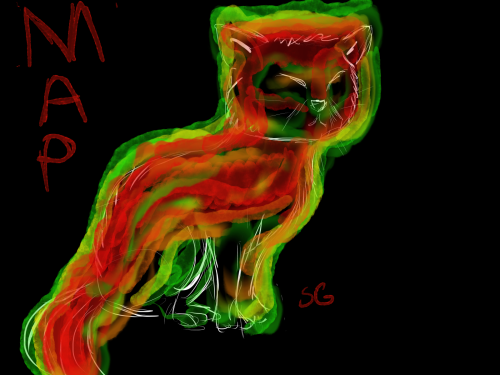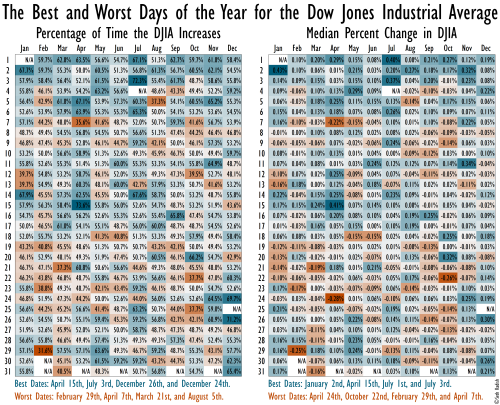#heat map
BioLogic - heat-venting clothing that unfurls in high humidity
Created by a team of researchers at MIT, BioLogic is a ‘breathable workout suit’ that uses the latest advances in microbial cell technology to respond to increases in body temperature during workouts.
The cells react to changes in humidity, and when appropriately applied to material can cause the fabric to curl in on itself. Applied to these workout garments as a series of scales down the back where heat increases most dramatically, the technology exposes the wearer’s skin to let air in and help in lowering body temperature.
So meticulous were the team involved that the scales have all been specifically crafted one-by-one to have the most effect possible. Complex maps of body heat, body sweat and overall movement created a hybrid layout of where said flaps should be and how large they should be made.
Similar technology has been utilised in ventilation systems before (see my previous post on the Hygroscopeprojecthere) but I haven’t seen it so beautifully worked into clothing.
See more at: Tangible Media
Post link
Many people believe that they can beat the stock market. Chancesare, they’re wrong. Fortunately, in the long run, the Dow trends upward, so if you have a diversified portfolio, your equity will generally grow. The approach of a day trader is far more complex because price fluctuations over the course of a day are highly unpredictable. They are not, however, random. With this in mind, I figured it would be interesting to identify which dates are more likely to see gains, and which are more prone to losses.
Using approximately 100 years of data (July 30th, 1914 – January 26th, 2015), I calculated the percentage change in closing price for the Dow Jones Industrial Average (DJIA) from day to day. I then ran summary statistics binning by day of the year, and selected two metrics to plot as heat maps.
For both maps, I’ve used a diverging color scheme centered on a neutral market (light gray). Blue cells signify market gains, while orange cells correspond to losses. White boxes with “N/A” are either dates that don’t exist, or fixed-date holidays when the market is closed (i.e., New Year’s Day, Independence Day, and Christmas).
The left map shows the percentage of time a given day sees an increase in the DJIA. For example, out of the 72 instances that the market was open on April 15th (Tax Day!), the Dow increased 53 of them, so it improved 53/72=73.6% of the time. One of the worst days occurs just over a week earlier, on April 7th; out of the 73 days it was open, the DJIA rose only 26, or 35.6% of the time.
The right map reveals the median percent change in the DJIA for each date. (Because the market can change significantly on a given day, the average and sum were both strongly influenced by outliers.) This generally shows the same pattern as the left map, but with different relative magnitudes. For example, while April 15th is the day that has most frequently seen gains, the median gain is not as large as that of January 2nd, when the median change in the DJIA is +0.43%.
The four best and worst days are listed under each map. April 15th is among the top four on each, and April 7th is in the bottom four on each.
Finally, note that this graph is intended for entertainment only – it should not be used for investment strategy!
Data source: http://measuringworth.com/DJA/
Post link








